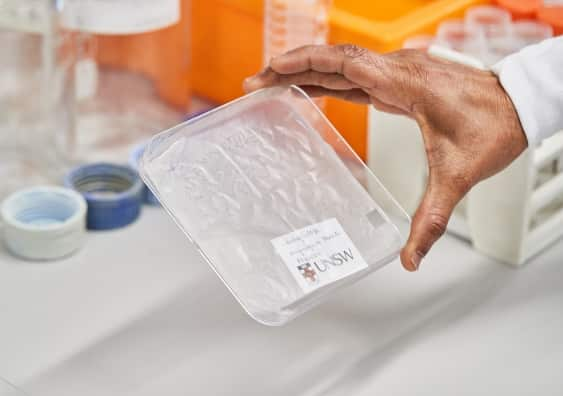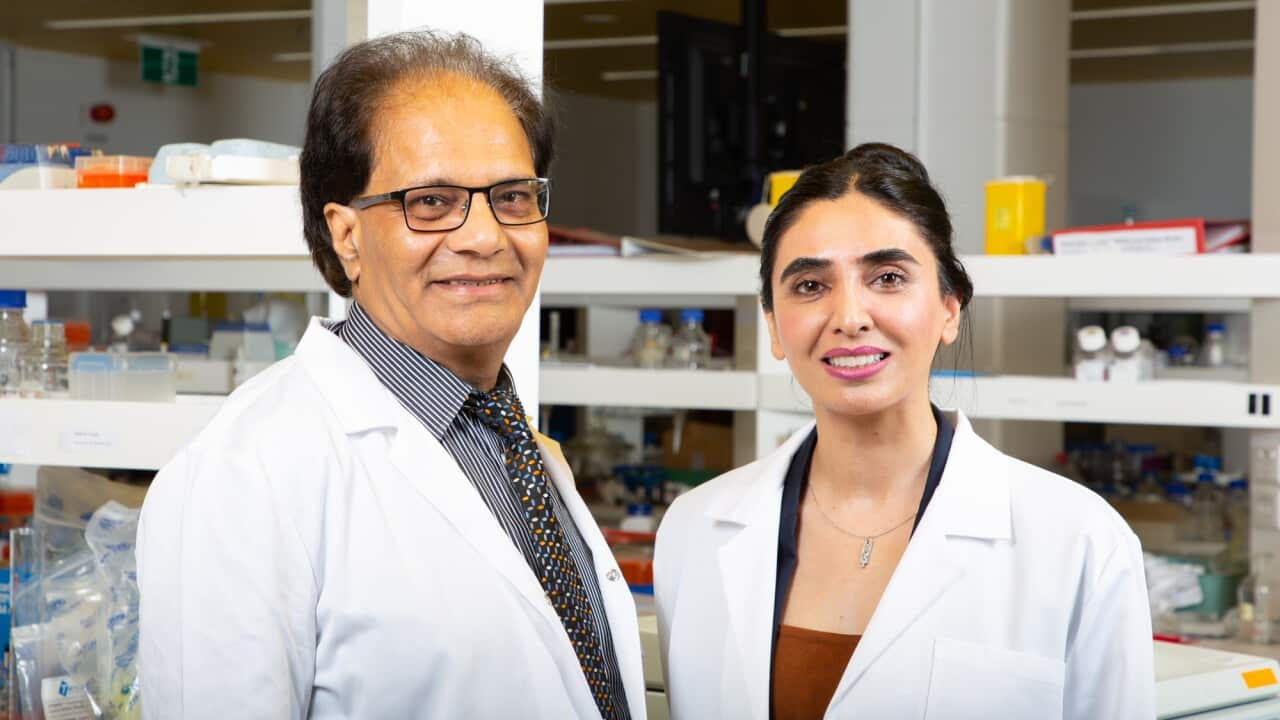An Indian-origin researcher-led team at the University of New South Wales Sydney have discovered a novel way to turn banana plantation waste into packaging material which could easily replace plastic packaging used in the food industry.
Associate Professor Jayashree Arcot and Professor Martina Stenzel have discovered a way to convert agricultural waste into something productive.
“While growing food, we also generate plenty of agricultural waste. I was interested to mainly see how could we productively utilize waste and add value to it. This would provide a solution to the huge problem of waste disposal. That is where the idea germinated from,” Associate Professor Arcot from UNSW School of Chemical Engineering told SBS Hindi.
Together with Professor Stenzel from UNSW School of Chemistry, the duo chose the organic waste generated at banana plantations where only 12 per cent of the plant was being used (as fruit) and the rest was discarded after harvest.
They set out on their mission to turn this waste into something productive and discovered the waste contained cellulose, an important structural component of plant cell walls.
They brought it over to their lab, chopped it into pieces, dried it in the oven and grind it into a very fine powder before washing it with a very soft chemical treatment.
What they achieved through this process was a product that could be used in varied forms.
“This isolates what we call nano-cellulose which is a material of high value with a whole range of applications. One of those applications that interested us greatly was packaging, particularly single-use food packaging where so much ends up in landfill,” Professor Stenzel said.
When processed, the material has a consistency similar to baking paper. Material is non-toxic, biodegradable and recyclable
Material is non-toxic, biodegradable and recyclable

Source: Supplied
The team after conducting a series of tests confirmed the material was biodegradable, non-toxic and recyclable.
“One of our PhD students proved that we can recycle this for three times without any change in properties,” Associate Professor Arcot said.
Tests with food have proved that it poses no contamination risks.
“We tested the material with food samples to see whether there was any leaching into the cells,” Professor Stenzel said. “We didn’t see any of that. I also tested it on mammalian cells, cancer cells, T-cells and it’s all non-toxic to them. So if the T-cells are happy – because they’re usually sensitive to anything that’s toxic – then it’s very benign.”
Associate Professor Arcot says depending on the intended thickness, the material could be used in a number of different formats in food packaging.
“There are some options at this point, we could make a shopping bag, for example,” she said.
“Or depending on how we pour the material and how thick we make it, we could make the trays that you see for meat and fruit. Except of course, instead of being foam, it is a material that is completely non-toxic, biodegradable and recyclable.”

packaged fruits at market Source: Getty Images
The findings revealed more than 600,000 tonnes of plastic packaging – out of 900,000 tonnes used could not be recycled in 2017-18.
A recent Senate inquiry recommended that the Australian Government prioritise waste reduction and recycling.
The UNSW researchers believe their discovery could be an alternative to plastic bags and food packaging and suggest banana industry start processing their pseudo stems into powder which they could then sell to packaging suppliers.
“I think the packaging companies would be more willing to have a go at this material if they knew the material was available readily,” Associate Professor Arcot said.
The team plans to continue on their research and hopes to make it a commercially viable product in future.
Share



